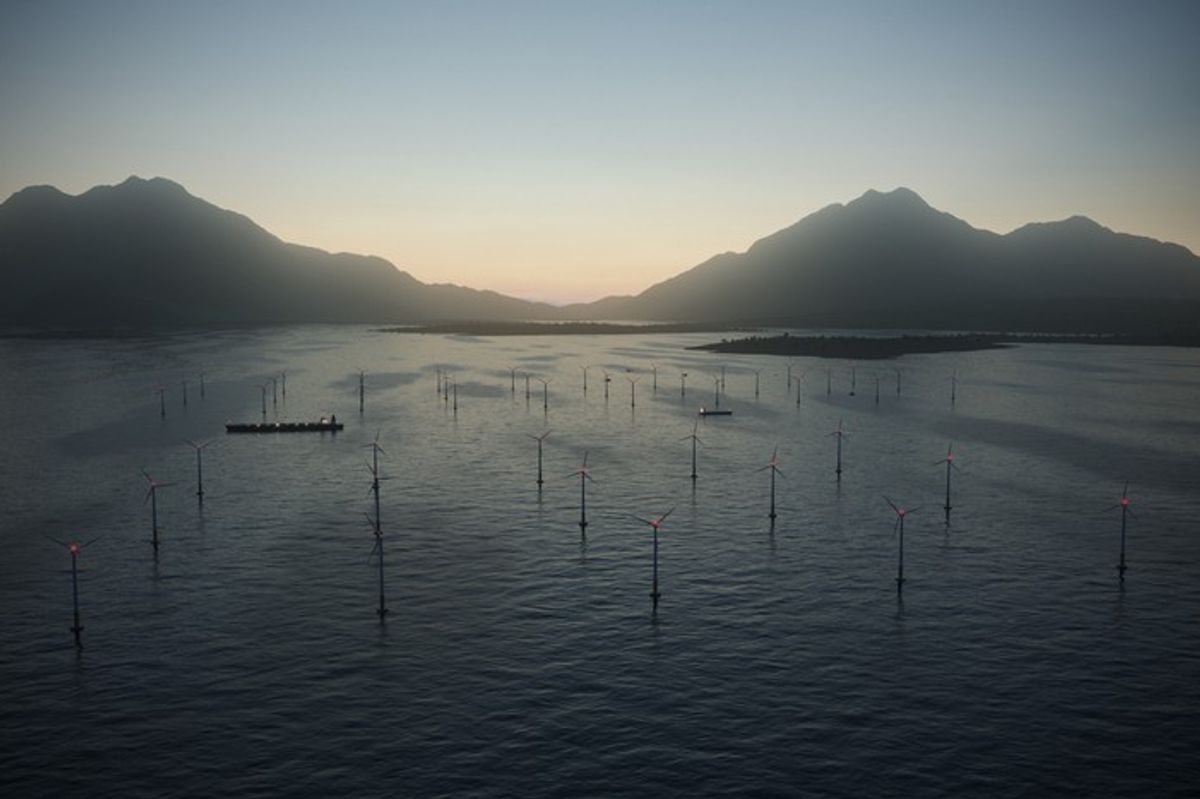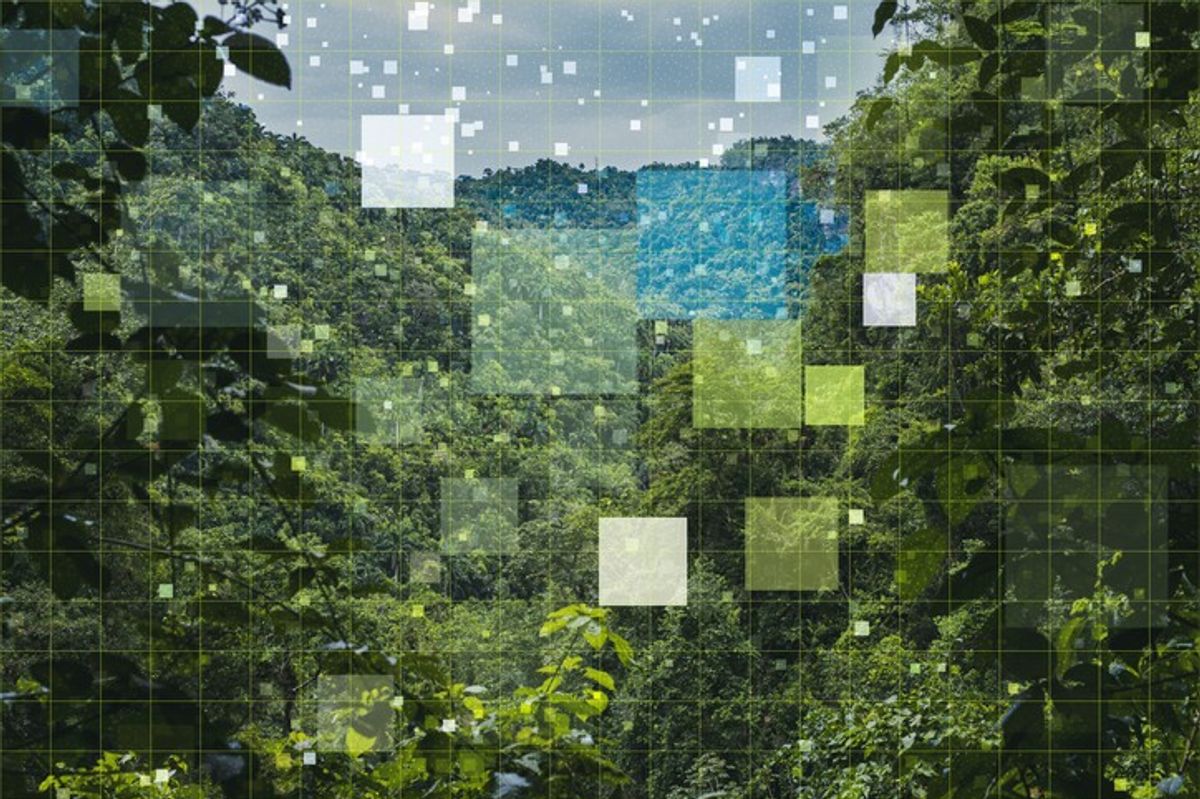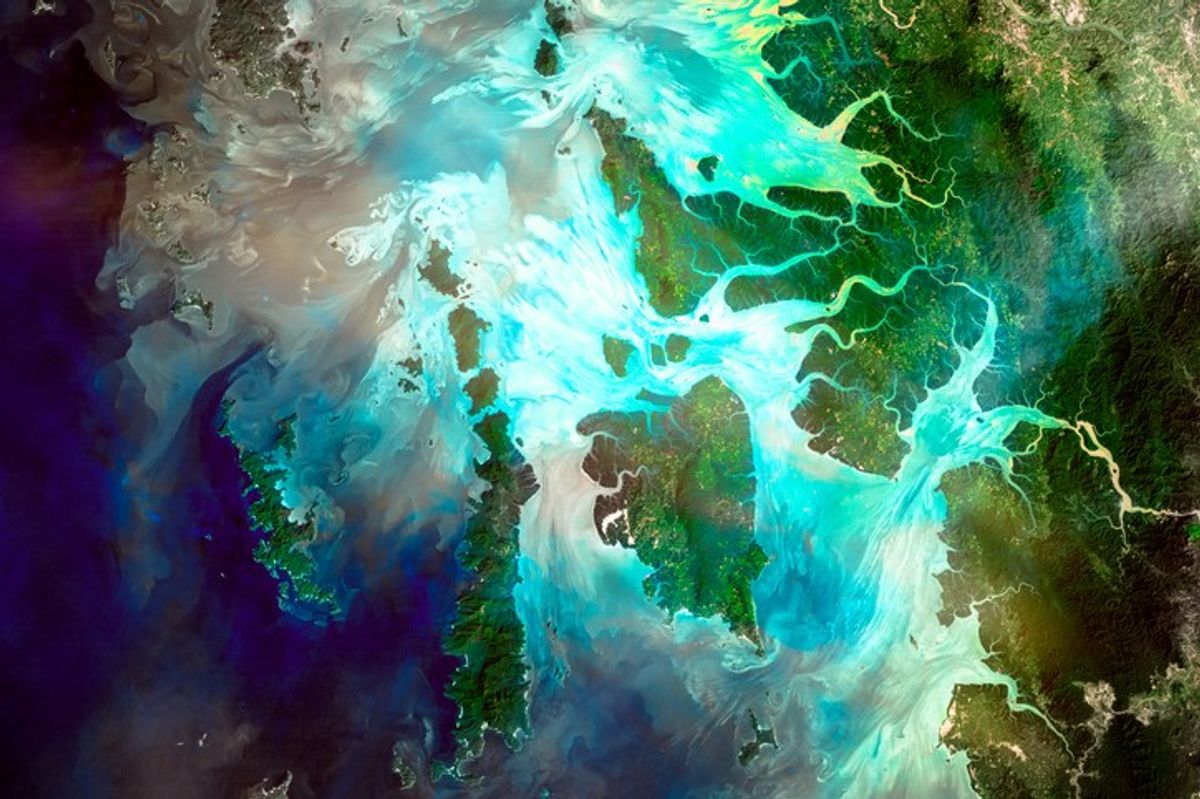Ethiopia faced one of the worst droughts in decades this year due to unusually strong El Niño effects, linked to climate change. The Cipher Brief’s Kaitlin Lavinder spoke with Ashebir Wondimu, a senior forest expert working in Ethiopia’s Ministry of Environment, Forest and Climate Change, about the national security implications of climate change and what the Ethiopian government is doing to respond.
The Cipher Brief: Is climate change a national security issue? What kind of instability did this year’s drought cause in Ethiopia?
Ashebir Wondimu: Climate change is a national security issue. The drought this year created an unstable system by impacting productivity and health. In general, if crop production falls due to a drought, it is obvious that hunger and health problems will follow, in addition to migration of people from place to place in search of food and additional aid.
Therefore, this year’s drought increased instability in drought-affected areas due to a lack of crop production (our agriculture is largely rain-fed), lack of food, lack of water for both domestic consumption and irrigation activities, and health problems associated with the drought. Droughts also affect the distribution of biomass and increase the intensity and extent of forest fires.
All of these changes can enhance the conducive environment for pests and diseases, which affects crops and forests at large.
That is why the global community is responding in an organized and collaborative way. While we are working on these activities at a national level, we are also working as a part of the global community. Climate change is not something that is stopped by the activities of one country or one government – it needs a global approach.
TCB: How does climate change impact El Niño effects (which is what caused the horrible drought), and what is happening right now in Ethiopia because of this?
AW: El Niño and La Niña are opposite phases of what is known as the El Niño-Southern Oscillation (ENSO) cycle. They typically occur every two to seven years, with El Niño occurring more frequently than La Niña. These events are a natural part of the global climate system. However, climate change affects the intensity and frequency of these natural events. For example, it increases the intensity of El Niño and La Niña effects and reduces the time interval between two consecutive events. This year, for example, the El Niño intensity was very bad and covered more areas of the country than normal, hence the devastating drought.
Both El Niño and La Niña events affect Ethiopia's weather. In Ethiopia, El Niño is associated with below-normal rainfall during what’s known as the Kiremt season (June, July, and August) in most parts of the country, except the south and southeast lowlands. On the other hand, La Niña is associated with enhanced Kiremt rainfall in most parts of the country, in particular the central, southern, and southwestern portions. With regards to rainfall in the Belg season (March, April, and May), El Niño is associated with above-normal Belg rainfall in central Ethiopia but below-normal rainfall in the southeast and far western portions of the country. La Niña is associated with just the opposite.
What is happening this year corresponds to the above associations. There was heavy rainfall during the Belg season around the month of May, in 2015. And there was erratic, unevenly distributed and below-average rainfall last Kiremt.
The drought is now over. However, this doesn't mean that the effects of the drought are over. The effects will persist for years, impacting lives and livelihoods.
More drought, flooding, and other climate anomalies are expected in the future, even though we don't know when and what kinds of anomalies will occur. For example, our national meteorological agency announced this year that La Niña is coming. That means more rainfall during the main rainy season (June - September, 2016) and less rainfall during the short rain season.
TCB: How is the government responding in both the short-term and long-term?
AW: In the short-term, the government is responding by providing emergency support to those affected and by working with other organizations to provide this support.
In the long-term, the government is working on various programs, since the effects of El Niño are persistent. These efforts include reforestation, restoration, and integrating natural resource management activities to contribute to mitigating the effects of climate change.
The "Climate Resilient Green Economy Strategy (CRGE)” that was developed in 2010 includes goals for afforestation/reforestation and forest management. By 2025, the goal is to reforest three million hectares of land and to better the management of four million hectares of high forests and woodlands.
Additionally, the government aims to restore 15 million hectares of degraded forests and degraded land by 2030, to mitigate effects of climate change.
The government is also working on adaptation issues, through various plans. At the national level, we have a National Climate Change Adaptation Plan. For example, those communities affected by the drought need to have their livestock and crops restored and restocked. The government is working on this. In some areas, payments for farmers were started through a crop insurance system for the lost products.
But all efforts to mitigate consequences of climate change require a coordinated and shared responsibility both at the national and global levels. To achieve these efforts, financial and technical support is required from the global community, specifically developed countries.
TCB: Is the Ethiopian government working with the private and non-profit sectors on these initiatives?
AW: We have identified and are mapping our restoration potential to know the extent, options, and locations. We are doing this together with the World Resources Institute (WRI), an organization based in Washington, DC.
Therefore, we intend to work together with the private sector and the community at large to address these issues. Having the private sector involved on these restoration efforts are welcome, as the target is huge.
TCB: Why does reforestation help mitigate some of the negative effects of climate change?
AW: Climate change is happening as a result of the increase in green house gases (GHG) in our atmosphere. Out of the six major GHGs, carbon dioxide (CO2) is the leader – in terms of volume – when it comes to those that have been released into the atmosphere and are changing the way our climate typically functions. CO2 is released from different sources, including through deforestation and forest degradation (trees act as a CO2 sink). Scientifically, it is believed, as the Intergovernmental Panel on Climate Change (IPCC) indicated, that to avoid catastrophic global warming, we must reduce the concentration of these gases in the atmosphere. Trees and forests naturally play an important role in sequestering these gases through photosynthesis. That means increasing the area coverage of forests through afforestation/reforestation and restoration activities to increase the removal of CO2 from GHG. This is climate change mitigation. So, forests mitigate climate change impacts.












